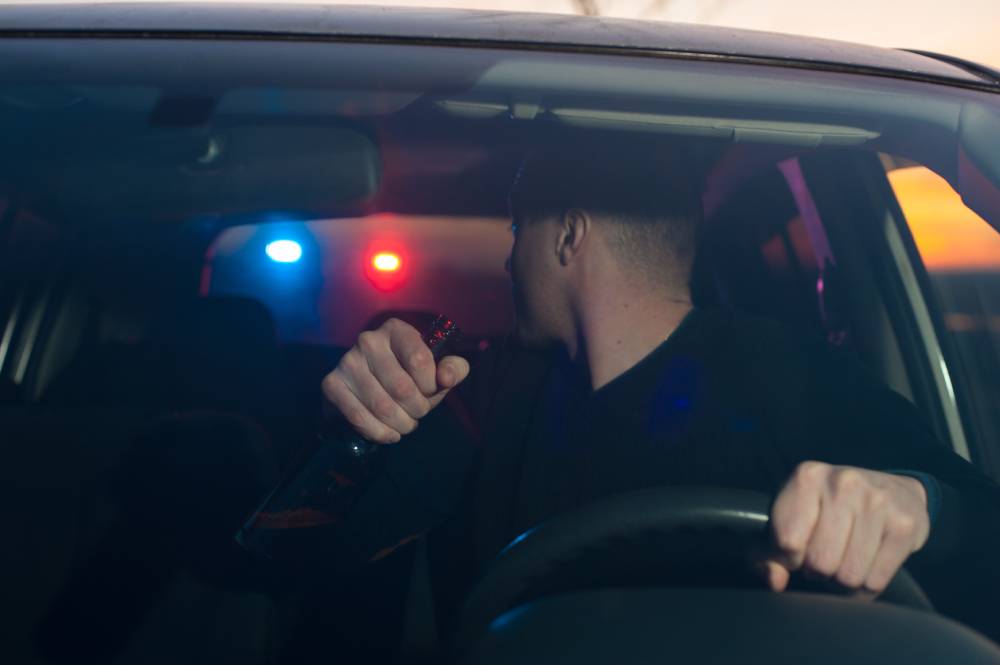Driving under the influence isn’t just dangerous, it’s preventable. Every year, thousands of lives are changed forever because someone chose to drive after drinking or using substances. But here’s the good news: there are real, practical ways to avoid a DUI and stay safe on the road.
At Clear2Drive, we believe prevention is just as important as compliance. Whether you’ve had a DUI in the past, are supporting someone who has, or just want to make smart choices for yourself and others, these strategies are here to help you take control.
Know Your Limits—And What You’re Drinking
Most people think they “know their limit,” but alcohol affects everyone differently depending on weight, gender, metabolism, and even what you’ve eaten. A standard drink (like a 12 oz. beer, 5 oz. wine, or 1.5 oz. shot of liquor) might not seem like much—but even one or two can impair your judgment and reaction time.
If you’ve had anything to drink, it’s safest to assume you’re not okay to drive. Waiting an hour per drink is a rough guideline, but it’s not a guarantee. Your Blood Alcohol Concentration (BAC) might still be over the legal limit even if you feel “fine.”
Use a Personal Breathalyzer
Personal breathalyzers are more accurate and affordable than ever. While they’re not foolproof, they can be a helpful tool if you’ve had a drink and want to double-check before making a decision.
Look for a model that’s approved by the Department of Transportation (DOT) or National Highway Traffic Safety Administration (NHTSA) for the most reliable readings.
Keep in mind: even if you’re under the legal limit, you could still be impaired and most States can issue a DUI if “impaired to the slightest degree”. These devices should support—not replace—good judgment.
Plan Ahead with a Sober Ride
The easiest way to avoid a DUI is to take driving off the table altogether. If you’re planning to drink, plan your ride before you take that first sip.
Here are a few simple options:
- Use a rideshare app like Uber or Lyft
- Carpool with a designated sober driver
- Use public transportation
- Stay overnight if you’re at a friend’s or event
A $20 or even $100 ride home is a lot cheaper—and safer—than a DUI, which can cost thousands and impact your driving record, insurance rates, and more.
Set a Rule for Yourself (and Stick to It)
Sometimes, a personal boundary is your best defense. These could include:
- “If I have one drink, I’m not driving.”
- “If I’m going out, I’m not taking my car.”
- “If I didn’t plan a ride ahead of time, I’m not drinking.”
Setting a clear line helps take the guesswork out of decision-making when you’re in the moment. It also makes it easier to explain your decision to others.
Understand the Risks of Non-Alcohol Substances
Driving under the influence doesn’t only refer to alcohol. Many people don’t realize that over-the-counter medications, prescription drugs (like Adderall), cannabis, and other substances can impair your ability to drive and lead to a DUI charge.
Even legal or doctor-prescribed medications can affect:
- Reaction time
- Decision-making
- Coordination
- Alertness
When in doubt, ask your doctor or pharmacist about side effects—or just don’t drive after taking a new medication until you know how it affects you.
Watch for Peer Pressure or “Just One More”
We’ve all been there: you’re out with friends, and someone says, “You’re fine—you’ve only had a couple!” Or maybe you’re tempted to have one more drink because everyone else is.
It’s okay to say no. In fact, it’s smart. Having a script ready can make it easier. Try:
- “I’m driving, so I’m good for now.”
- “I already have a ride—thanks though.”
- “I’ve got plans early tomorrow, so I’m taking it easy tonight.”
Being confident in your choice can also influence others to be more mindful, too.
Don’t Assume You’ll “Sober Up” with Food, Coffee, or Water
Contrary to popular belief, nothing “sobers you up” except time. Coffee might make you feel more awake, but it won’t lower your BAC. Neither will a big meal or drinking water after the fact.
Your liver processes alcohol at a set pace—about one standard drink per hour. No shortcuts.
So if you’re even thinking about whether you’re okay to drive, play it safe and find another option.
Use Technology to Support Smart Decisions
There are great tools out there to help you avoid a risky situation:
- Ride-share apps like Uber, Lyft, or local services
- BAC tracking apps (some link to personal breathalyzers)
- Event planning tools that help you organize group rides or carpools
- Reminders or “drinking limit” alerts on your phone
Leaning on tech doesn’t make you less responsible—it helps you stay in control.
Support Your Friends and Family
Being a designated driver is a powerful (and underrated) way to keep others safe. If someone you care about is considering driving after drinking, offer a ride or help them make a safer plan.
You might also consider:
- Keeping a list of sober ride options on your phone
- Checking in with friends before they head home
- Encouraging your group to make a “safe ride” plan before drinking starts
And if you know someone going through an IID program, offer encouragement, not judgment. A little compassion goes a long way.
Final Thought: You Have More Power Than You Think
Preventing a DUI doesn’t take perfection—just preparation. With a few smart habits, a little self-awareness, and some thoughtful planning, you can stay safe and help others do the same.
At Clear2Drive, we believe in second chances and smarter choices. Whether you’re just starting your journey or supporting someone through theirs, we’re here to help you move forward with confidence.
